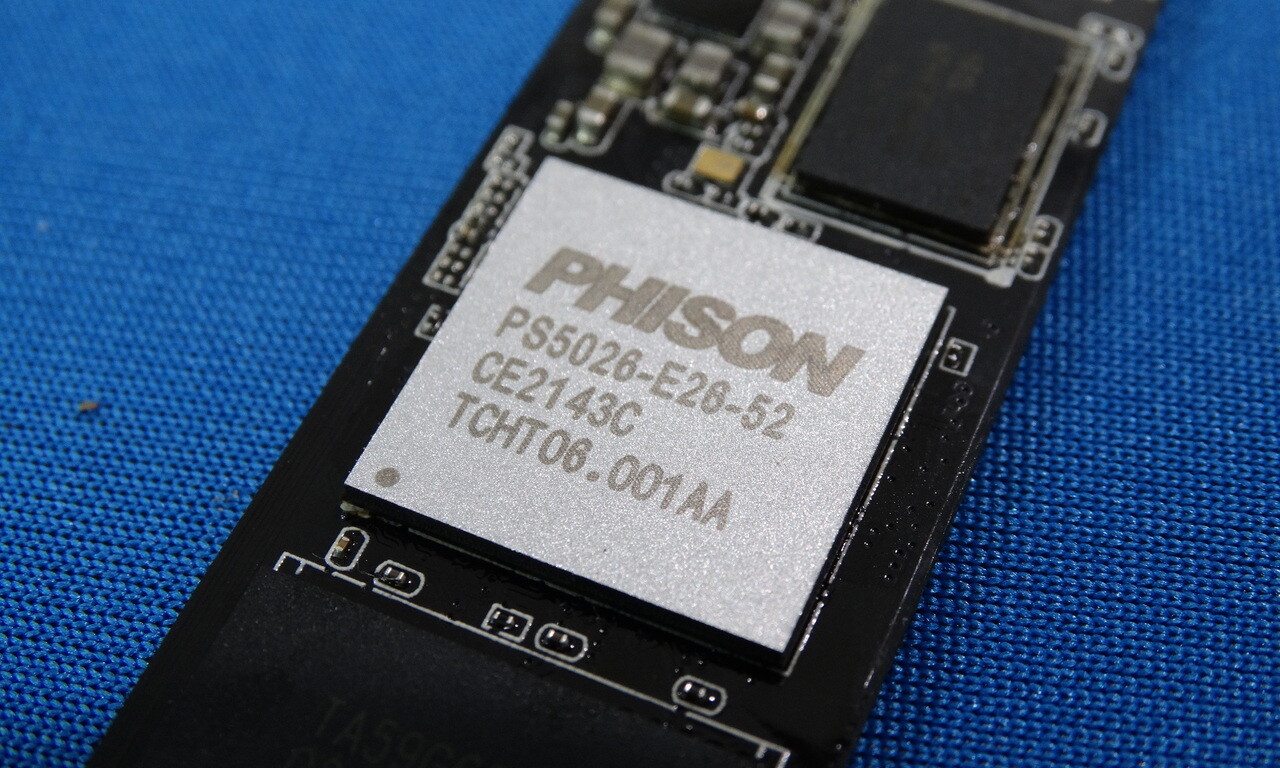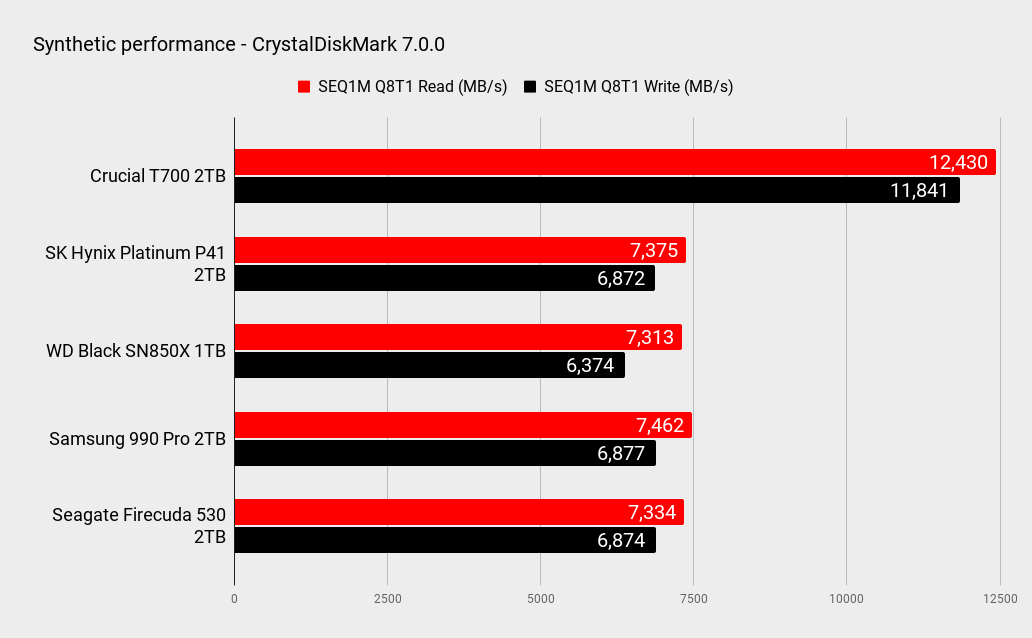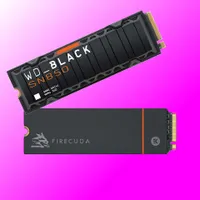Phison has a fix for its overheating PCIe 5.0 SSD controller
Is there really a need for all this speed?

Phison has acknowledged serious overheating issues with its new PCIe 5.0 controller, the E26, which can cause drive shutdowns and file system errors. Phison, arguably the leading producer of SSD controller chips, says it has has a new firmware fix in the works.
Speaking to Tom's Hardware, Phison says the new firmware is currently going through a full validation process before it can be released. However, the company also emphasised that SSDs using the new controller need to be run with some kind of heatsink, even with the new firmware.
"It is important to note that all E26 SSDs shipped without a heatsink are intended to be used with a heatsink," Phison says. That inlcudes drives like the Crucial T700, which we've taken for a spin, and the Corsair MP700 which we'll have a full review of shortly.
The Corsair drive in particular is interesting because it ships without a heatsink. Both Corsair and Phison say that most PCIe 5.0 enabled motherboards ship with some kind of cooling for M.2 drives.
In theory, then, most buyers of bare M.2 drives with the Phison E26 controller, like the Corsair Corsair MP700, should be OK. But an SSD that absolutely needs a heatsink to run is something new that will take a little getting used to.
You could argue that CPUs need heatsinks and can be bought without them. But that's long been the case. Up to now, SSDs have always been in a category of devices that could be run out of the box without additional cooling. If you bought a graphics card and it turned up without a cooler that wouldn't be, well, cool, would it?


Apart from anything else, one immediate question is whether drive performance will vary depending on the quality of the M.2 cooling provided by any given motherboard. There's a whole new set of variables opening up that gamers haven't previously had to consider. SSDs, up to now, just work.
Keep up to date with the most important stories and the best deals, as picked by the PC Gamer team.
Anyway, it will certainly be interesting to see if other Gen 5 controllers also need cooling, not just Phison's E26 chip. For sure, PCIe Gen 5 offers much higher theoretical performance.
On paper, it's twice as fast as PCIe 4.0, so we should eventually see transfer speeds of up to 15GB/s, which is pretty epic for solid-state storage. However, as we pointed out recently, those headline speeds won't necessarily translate into a dramatically better computing experience.
"It is important to note that all E26 SSDs shipped without a heatsink are intended to be used with a heatsink," Phison says. That includes drives like the Crucial T700, that arguably matters more for a subjective feel of fast storage performance.
As things stand, then, the big question is whether PCIe Gen 5 will be worth the bother, at least for first-gen drives. If you're risking running into system stability issues or even data loss but your PC doesn't really feel any faster, the known and—let's face it—cheaper option of PCIe Gen 4 probably makes more sense.
Best SSD for gaming: The best solid state drives around
Best PCIe 4.0 SSD for gaming: Speedy drives
The best NVMe SSD: Slivers of SSD goodness
Best external hard drives: Expand your horizons
Best external SSDs: Fast, solid, and portable

Jeremy has been writing about technology and PCs since the 90nm Netburst era (Google it!) and enjoys nothing more than a serious dissertation on the finer points of monitor input lag and overshoot followed by a forensic examination of advanced lithography. Or maybe he just likes machines that go “ping!” He also has a thing for tennis and cars.


